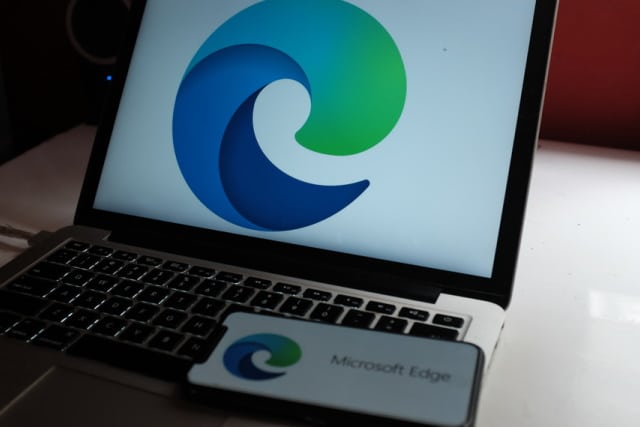Microsoft is now pushing out Chromium-based Edge to all Windows 10 users

It is a while since Microsoft adopted the Chromium engine for the new version of Edge, and reception to the browser has been broadly positive.
Until now, Microsoft has given Windows 10 users the choice between whether they what to use the new Chromium-based Edge, or stick with the old legacy version. But now that's changing. The company is pushing out the browser via Windows Update to Windows 10 versions 1803, 1809, 1903, 1909, and 2004 -- and it is not possible to keep using old Edge, however much you want to.
See also:
- Microsoft Edge ads appear in Windows 10 search
- How to free up disk space after installing Windows 10 May 2020 Update
- Microsoft is bombarding Chrome-using Outlook.com visitors with ads for Edge
As noted by Techdows, Microsoft is using the KB4541301, KB4541302 and KB4559309 to deliver the new version of Edge to people -- although it's worth pointing out that Microsoft now refers to the newer, Chromium-based version as Microsoft Edge, and the original version as "legacy" Edge. Microsoft started to use KB4541301 to push the browser to Windows 10 versions 1803 and 1809, and KB4541302 for versions 1903 and 1909.
The company then started to use KB4559309 to deliver Microsoft Edge to all versions of Windows 10 from 1803. On the help page for the update, Microsoft notes:
- Start menu pins, tiles, and shortcuts for the current version of Microsoft Edge will migrate to the new Microsoft Edge.
- Taskbar pins and shortcuts for the current version of Microsoft Edge will migrate to the new Microsoft Edge.
- The new Microsoft Edge will be pinned to the taskbar. If the current version of Microsoft Edge is already pinned, it will be replaced.
- The new Microsoft Edge will add a shortcut to the desktop. If the current version of Microsoft Edge already has a shortcut, it will be replaced.
- By default, most protocols that Microsoft Edge handles will be migrated to the new Microsoft Edge.
- The current version of Microsoft Edge will be hidden from UX surfaces in the OS. This includes settings, applications, and any file or protocol support dialog boxes.
- Attempts to start the current version of Microsoft Edge will redirect to the new Microsoft Edge.
- The First Run Experience (FRE) will auto-launch the first time that a device restarts after the new Microsoft Edge is installed.
- Data from earlier versions of Microsoft Edge (such as passwords, favorites, open tabs) will be available in the new Microsoft Edge.
- The new Microsoft Edge does not support the removal of this update.
In short, old Edge is completely replaced with new Edge in a non-reversible process. Any existing data is migrated across, but even if you're not using Edge, you'll find that desktop and taskbar shortcuts are created.
Image credit: DANIEL CONSTANTE / Shutterstock